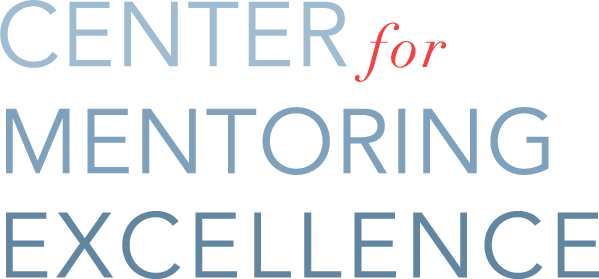Organizations need to support and pay attention to informal as well as formal mentoring within their organization. Both are important and critical to employee growth and development.
How do you differentiate the two?
Formal mentoring is commonly associated with the words organized, proscribed, structured, facilitated and supported. While these words describe many mentoring programs, the term itself actually refers to mentoring that is conducted under the umbrella of an organizational entity. Program parameters are defined and include structural and accountability mechanisms. There are programmatic and relationship expectations, requirements for eligibility and program goals and outcomes that give mentoring its formal feel.
Informal mentoring, in contrast, is usually described as unstructured, casual, need-based, and natural. For example, you may have identified someone in whom you see great promise and who could benefit your experience or someone may have approached you and asked you to mentoring them. Informal mentoring relationships can, and often do, run the gamut from casual catch-as-catch-can conversations or situational and information sharing to structured and “formalized” relationships. Each relationship proceeds at its own pace and on its own timetable.
Even in formal mentoring, each relationship structure varies depending on the learning needs and style of the mentoring partners. Once you are inside and working the relationship, it becomes a dance of two or more people coming together in partnership to move learning and development forward. As Huang and Lynch so beautifully capture it, “It is the dance between [] willing and consenting partners, a dance of giving and receiving each other’s gifts.”


